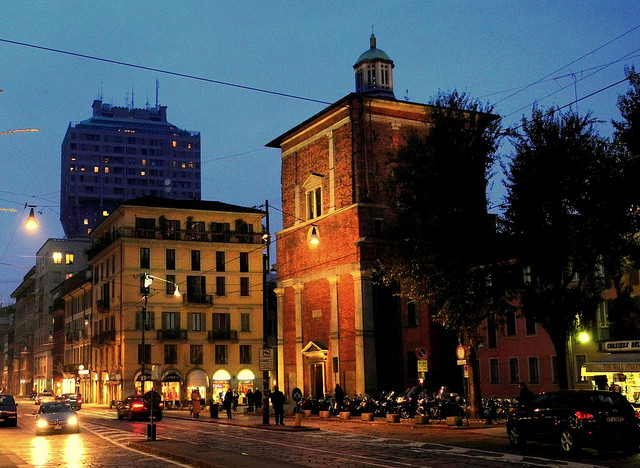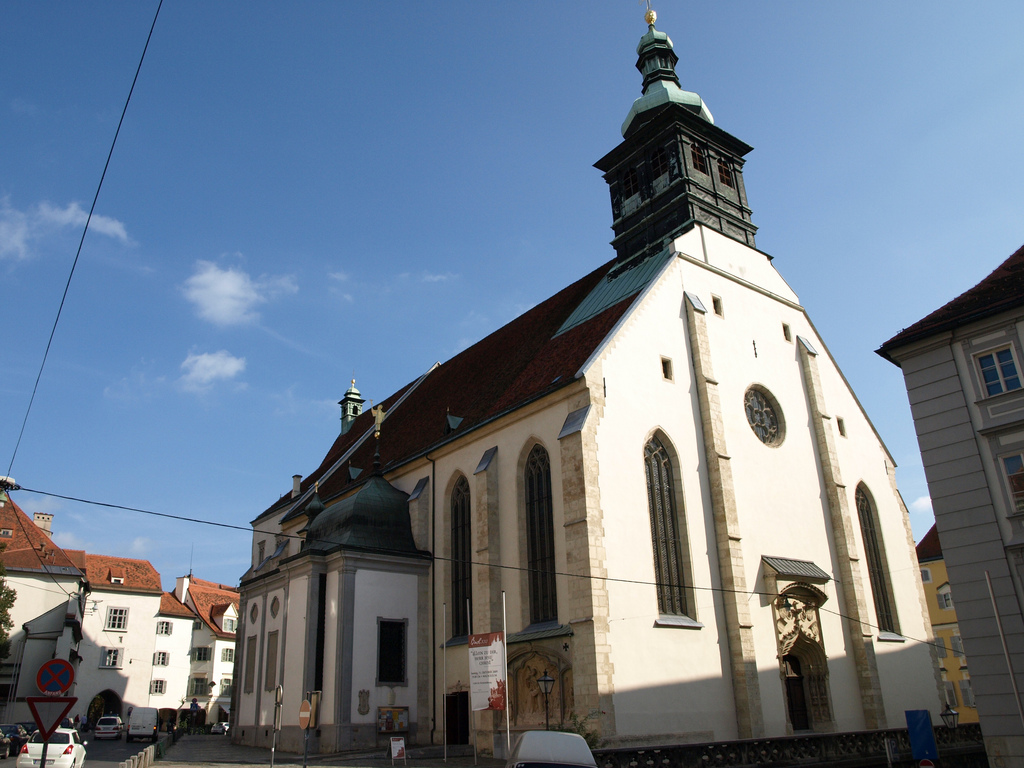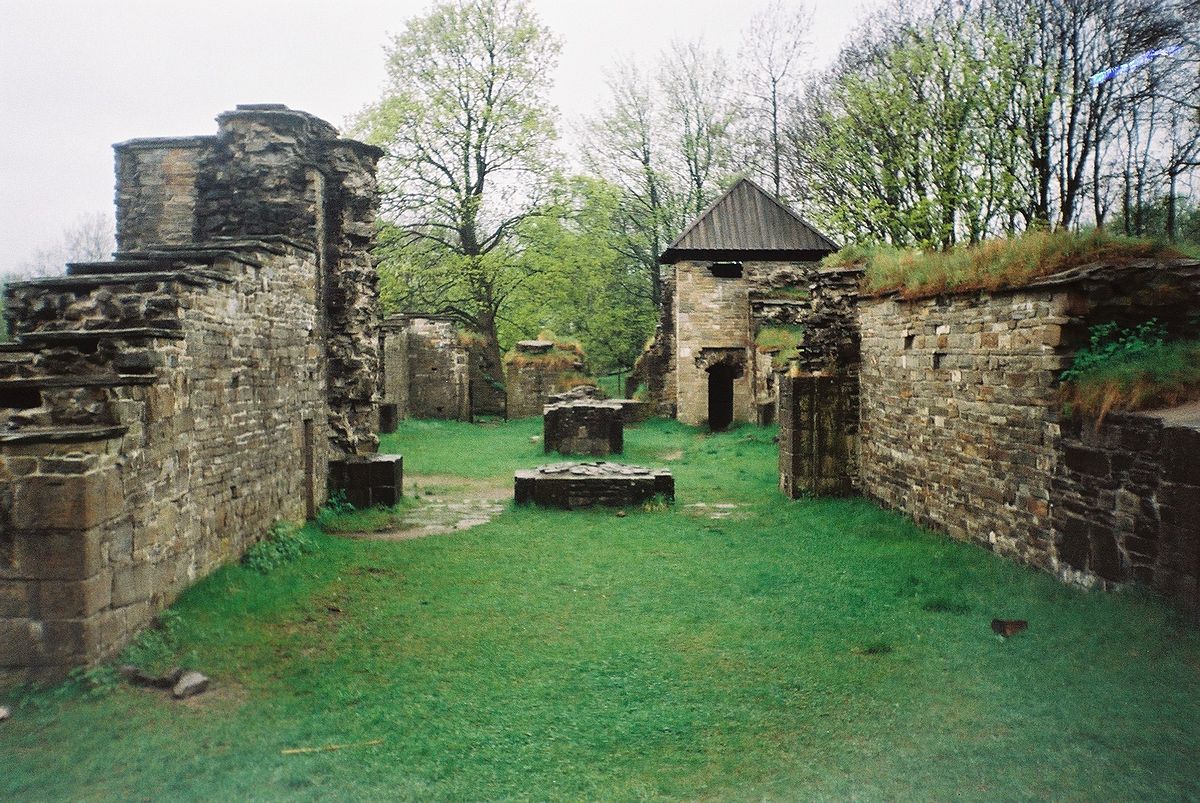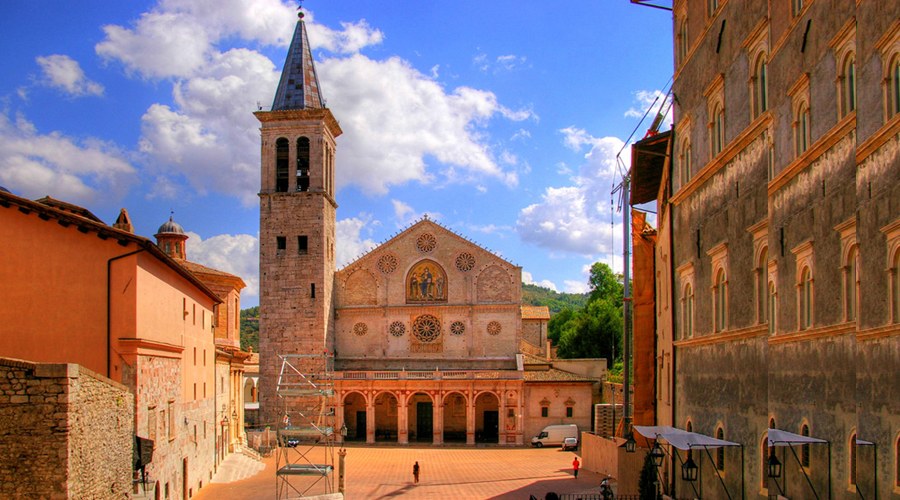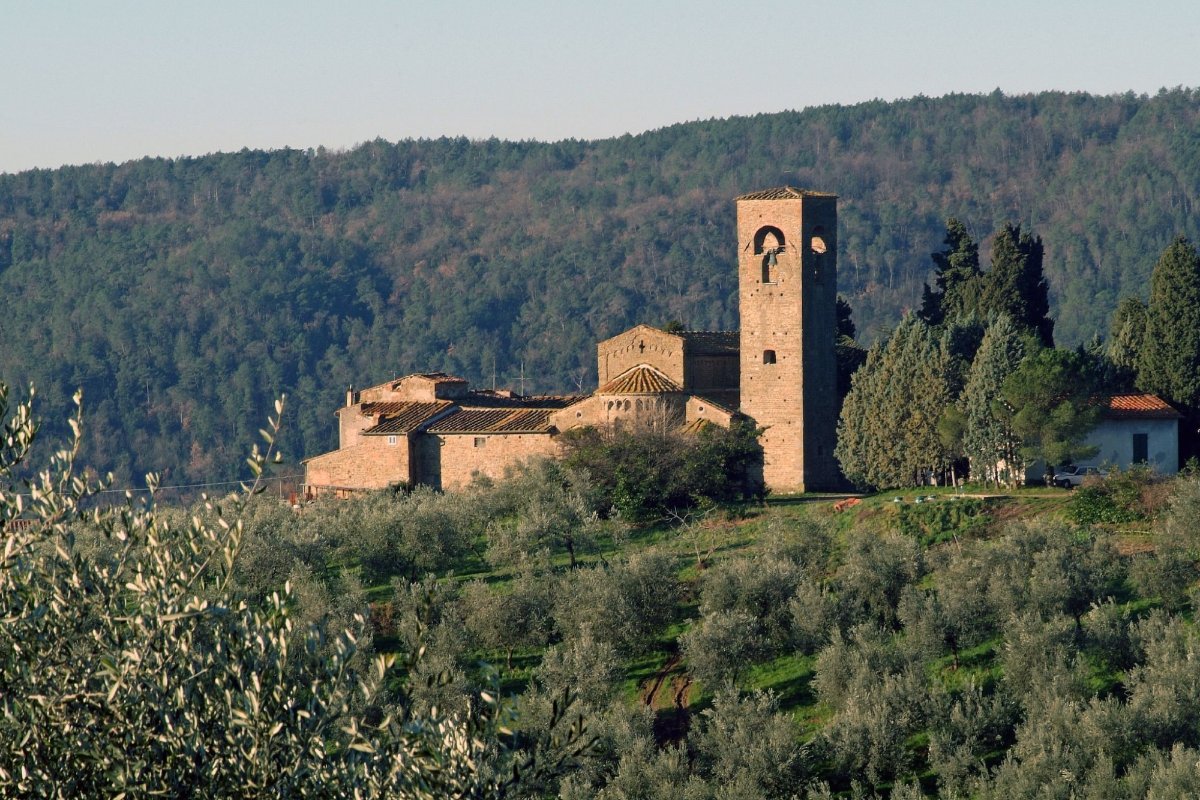The Basilica of San Nazaro in Brolo was founded between 382 and 386 (year of the consecration), at the behest of Bishop Ambrose, on the area of a pre-existing necropolis. The birth of the basilica is linked to the cult of Saints and Martyrs promoted by the patron saint of Milan, so much so that its consecration took place with the relics of the Holy Apostles, from whom it derives its first title and of which are preserved, it seems, shreds of cloth come into contact with the bodies of saints buried in Rome.
The church, built along the road to Rome, reveals the bishop’s desire to mark this area, outside the city walls but on the way to the capital, with an obvious Christian symbol.
Nine years after the consecration, Ambrose made some changes to accommodate the relics of St. Nazaro, whose discovery is dated to 395 near the necropolis of Porta Romana. The early Christian building is still recognizable in the plan of the present church, which dates back to the eleventh century.
After the changes made to the building over the centuries, the interior is now characterized by the contrast between the white of the new plaster, the reddish lines of the terracotta ribs and the gray of the stone of some findings of early Christian masonry that have been left exposed.
In the building, that after the extension of the arm towards the entrance currently presents the characteristic Latin cross plan, Romanesque elements can be distinguished.
Because of its very ancient origins, it represents one of the main testimonies of early Christian art present in the city.
In 1512, work began on the Trivulzio Chapel, the only documented architectural work by Bramantino in Milan.
Born as a mausoleum for the family of Gian Giacomo Trivulzio, marshal of the king of France Louis XII, it is leaning against the early Christian facade as a sort of vestibule access to the church.
The left transept leads to the Chapel of Saint Catherine. Attributed to Antonio da Lonate (about 1540), it contains a wooden statue of Our Lady of Sorrows from the 17th century and the "Stories from the life of Saint Catherine" frescoed in 1546 by Bernardino Lanino with the help of Gaudenzio Ferrari and Giovanni Battista Della Cerva.
The left transept preserves "Jesus in the Passion", a painting by Bernardino Luini that surmounts a small Renaissance tabernacle.
In the central nave, on the right wall, there is an Annunciation by Daniele Crespi; on the left wall, The Presentation in the Temple by Camillo Procaccino. In the sacristy there are some works by Giovanni da Monte Cremasco.
In the small museum-lapidarium, which is located in the Romanesque sacristy to the left of the presbytery, there are, among other things, fragments of early Christian epigraphs, a gold ring with sapphire and a small crucified Christ of the early Middle Ages.
Going down to the right of the presbytery you enter the small archaeological area. Here are preserved Roman amphorae, bricks and tiles with animal footprints, probably accidentally passed on the material placed to dry before cooking.
In the external archaeological area there are testimonies (sarcophagi and stone boxes) of the cemetery that gradually developed around the basilica, as well as the remains of the original walls of the Ambrosian period and four ancient granite columns.
According to legend, St. Nazaro, persecuted by Emperor Nero, was beheaded with the young Celso in Milan, near Porta Romana, in a place called "Tre Muri". For fear of the emperor, the Christians immediately removed the bodies to bury them in a secret place, which, centuries later, the Lord revealed to Ambrose.
The body of Celsus was left in the place where it was found, where there is the basilica dedicated to him (Corso Italia) in which the relics are preserved, while that of Nazaro was taken to the Basilica of the Apostles. Miraculously, as narrated in the Golden Legend by Jacopo da Varagine (13th century), "the body of the Saint still had fresh blood, as if it had just been buried, whole and uncorrupted, surrounded by a fragrant odor, still with beard and hair".
In the Trivulzio family chapel, Giangiacomo Trivulzio is buried between his two wives. On the tombstone, there is an inscription in Latin that some historians translate into Milanese: "L’è staa mai cont i man in man" (he was never idle).Sant’Ambrogio dedicated the church to the Holy Apostles Peter and Paul of whom some relics are kept in a silver reliquary that was under the altar.
